Things You Must Know Before Buying Peel And Stick Kitchen Backsplash
In today's home decoration and remodeling, peel and stick kitchen backsplash has become one of the popular projects chosen by many people. They offer a quick, easy way to update the look of your kitchen and bathroom without the extra expense of a specialist and the clutter of traditional tiles. However, before you start installing your peel and stick kitchen backsplash, there are some important things that you should know and need to carefully consider.
1. What is a peel and stick kitchen backsplash?
Peel and stick kitchen backsplash is a decorative tile or panel for kitchen or other walls that offers easy installation. This type of backsplash is usually made of different materials, such as plastic, metal, composite materials, etc., and its biggest feature is that its back is covered with a layer of adhesive that can be easily adhered to the wall.
This peel and stick backsplash is designed for easy installation and replacement. Compared with traditional wall tiles, ceramic tiles or other decorative panels, the special design of peel and stick backsplash allows users to simply stick it to the wall without the need for adhesives or special tools. This also means that when the time comes to replace or update the backsplash, it can be ripped off relatively easily and replaced with a new one without leaving too much residue or damaging the wall.
2. Pros and Cons of Peel and Stick Tile Backsplash
For homeowners or renters looking to upgrade their kitchen or bathroom without the hassle and expense of traditional tile installation, a peel and stick tile backsplash is the perfect solution. Here are some of the pros and cons of using a peel and stick tile backsplash:
Pros:
- Easy To Install: Peel and stick tiles are very easy to install and do not require professional skills or special tools. Just peel off the backing and the tiles can be easily attached to the wall.
- Easy Replacement and Removal: Peel and stick tile backsplash can be easily replaced or upgraded without leaving too much residue or damaging the walls, making them a good choice for renters or those who like to change their décor frequently.
- Cost Effectiveness: Peel and stick tiles are less expensive than traditional tiles, reducing expensive labor costs and making them an affordable option for homeowners who want to update their walls within their budget.
- Highly Decorative: Peel and stick backsplash tiles come in various designs and color options to match your kitchen décor and provide a personalized decorative effect.
- Easy To Clean: Peel and stick tiles are easy to clean, resistant to moisture and oil stains, and clean easily with mild detergent.
Cons:
- Limited application: Some walls are not suitable for peel and stick backsplash, especially if the wall has cracks and the surface is uneven, it may not adhere well to the wall.
- Limited Design Options: While peel and stick tiles come in many designs, the options are limited compared to traditional tiles and can’t be beaten.
- Not durable: Peel and stick kitchen backsplash are not as durable as traditional tiles and may not withstand excessive temperatures, prolonged exposure to water, and excessive wear and tear.
- Limited Service Life: The service life of peel and stick kitchen tiles may not be as long as that of traditional ceramic tiles, and they must be replaced more frequently.
- Limited Size Options: Peel and stick tiles are typically available in fixed sizes, so they may need to be cut or spaced to accommodate different wall sizes.
3. Prepare the wall surface
Before installing peel and stick tiles, it is crucial to ensure that the wall is clean, flat, and provides an optimal bonding surface. Any bumps or imperfections on the surface can cause the adhesive to fail, causing the backsplash to fall off. Use a mild detergent and a damp cloth to clean the walls, making sure to remove any oil, dust or other surface stains. If there are any rough spots or imperfections, you can sand them down or use filler to smooth them out.
Peel and stick tiles can be installed on a variety of surfaces as long as the surface is clean, flat, smooth and free of debris. Some common surfaces include:
- wallpaper surface
- drywall or plaster
- Ceramic tile or glass surface
- Vinyl or linoleum flooring
- Laminate countertop or backsplash
- Plywood or OSB
It's worth noting that peel and stick tiles may not adhere properly to textured or porous surfaces, such as brick or stucco, and may require additional preparation or adhesive primer. Additionally, reading and following the manufacturer's guidelines will help you ensure the effectiveness and quality of your peel-and-stick tile installation.
4. Accurate size measurement
Each kitchen's wall dimensions can vary, so it's important to make sure you take accurate measurements of the area you want to cover before purchasing peel-and-stick backsplash. Errors may cause you to purchase a mismatched quantity or size of tile backsplash, affecting the final installation. If you're not confident in your measuring skills, consider using a laser level or ruler to help you measure correctly.
5.Choose the right backsplash
There are many different types of peel and stick tiles available on the market, so decorating your kitchen is no longer just about beautifying the surface, it's about the perfect combination of practicality and style. Consider your kitchen style, color combinations and the overall look you want to achieve. Some tile backsplash designs look a lot like traditional tile, while others have a more vintage or textured look.
Find a tile backsplash that will complement your existing decor and inject a new level of charm and functionality into your kitchen. Given the variety of backsplash options on the market, picking the right peel and stick kitchen backsplash can be a daunting task. Here are some factors to consider to help you make the right decision:
Style: The first consideration when choosing peel and stick tiles is the style of your kitchen. You want to choose a backsplash that coordinates with your existing decor and adds to the overall aesthetics of the space. For example, if you have a vintage farmhouse kitchen, you might consider a backsplash with an antique color, a unique textured design, whereas a traditional kitchen might be more inclined to opt for a backsplash with a classic tile look.
Color: Another important factor to consider is the color of your peel and stick kitchen backsplash. You want to choose a color scheme that complements your existing kitchen. Neutral colors such as white, beige, and gray are popular choices because they work with any color scheme.
Shape: The shape of peel and stick tiles can add texture and interest to your kitchen, bathroom, and more. Some popular shapes include subway tiles, strip shapes, mosaic tiles, and geometric shapes. When choosing a shape, consider the size of the area to be covered and the shape of the tile to avoid conflict with other decorations.
Material: Peel and stick kitchen backsplashes come in a variety of material options, including vinyl, shell, PVC and more. Before making your choice, consider the durability of each material as well as its maintenance requirements. For example, if you're looking for a low-maintenance backsplash, consider vinyl, while shell and PVC are more durable and require regular maintenance.
Cost: A peel and stick backsplash itself is an affordable product that can update the look of kitchens, bathrooms, and more without breaking the bank. However, the cost of backsplash tile can still vary based on material, pattern, and size. Consider your budget and economics before making your choice.
6. Follow the installation instructions carefully.
Installation of a peel and stick kitchen backsplash is relatively easy, but be sure to follow the instructions carefully. Before you begin, be sure to read the manufacturer's instructions and watch any instructional videos. This will help you avoid mistakes and ensure your backsplash looks neat and professional. If you are unsure about anything, please always contact the manufacturer or professional installer for advice.
You can do this by following these steps:
- Preparing and Cleaning the Surface: Before installing peel-and-stick tile, it’s crucial to properly prepare your wall. Clean the walls thoroughly using a mild detergent and warm water to remove dirt, grease, or debris. Wait for it to dry completely before proceeding to the next step.
- Measure and Cut: Use rulers and level tools for accurate measurements and planning before installation. Use a ruler and utility knife to make precise cuts
- Trial pasting: Before the official fitting, the trial pasting is to ensure that you are satisfied with the position, arrangement and fit of the tiles, so as to avoid incorrect placement and difficulty in moving the tiles.
- Start in the center: Starting from the center of the room when applying tiles ensures a balanced and beautiful overall layout. Use the Ink Line or Line Tool to mark the centerline.
- Press and hold to eliminate air bubbles: When installing peel-and-stick tiles, press the tiles firmly onto the surface and smooth them with your hands or push with a roller to help eliminate air bubbles and ensure a tight fit between the tiles and the surface.
- Trim tiles: Depending on the location of surface obstructions, such as outlets, switches, perform precise tile trimming to fit around obstructions. Use a utility knife to cut and then scissors to trim, taking your time and patience to ensure a neat look.
7. Wait patiently
When installing a peel and stick kitchen backsplash, be sure to take your time and be patient. Rushing through the entire process can lead to mistakes and an imperfect finish. Make sure each tile is properly aligned and adhered, and check the backsplash for bubbles or wrinkles. This will help you create a clean, professional look that you can be proud of.
8. Keep it maintained
Peel and stick kitchen backsplash is a great option for adding a touch of style to your kitchen decor without breaking the bank. However, they do require some maintenance. Over time, the adhesive may begin to weaken, especially if it's exposed to heat or moisture. To avoid any problems, your backsplash must be cleaned regularly to prevent dust and dirt from accumulating. Additionally, if you notice any tiles starting to loosen, consider reapplying the adhesive.
All in all, a peel and stick backsplash is an easy and affordable way to enhance your bathroom, kitchen, or any other space. By following these tips and taking your time, you can achieve a clean, professional finish that you'll be proud of for years to come. So, go ahead and get creative with your kitchen decor—just make sure you do it right!




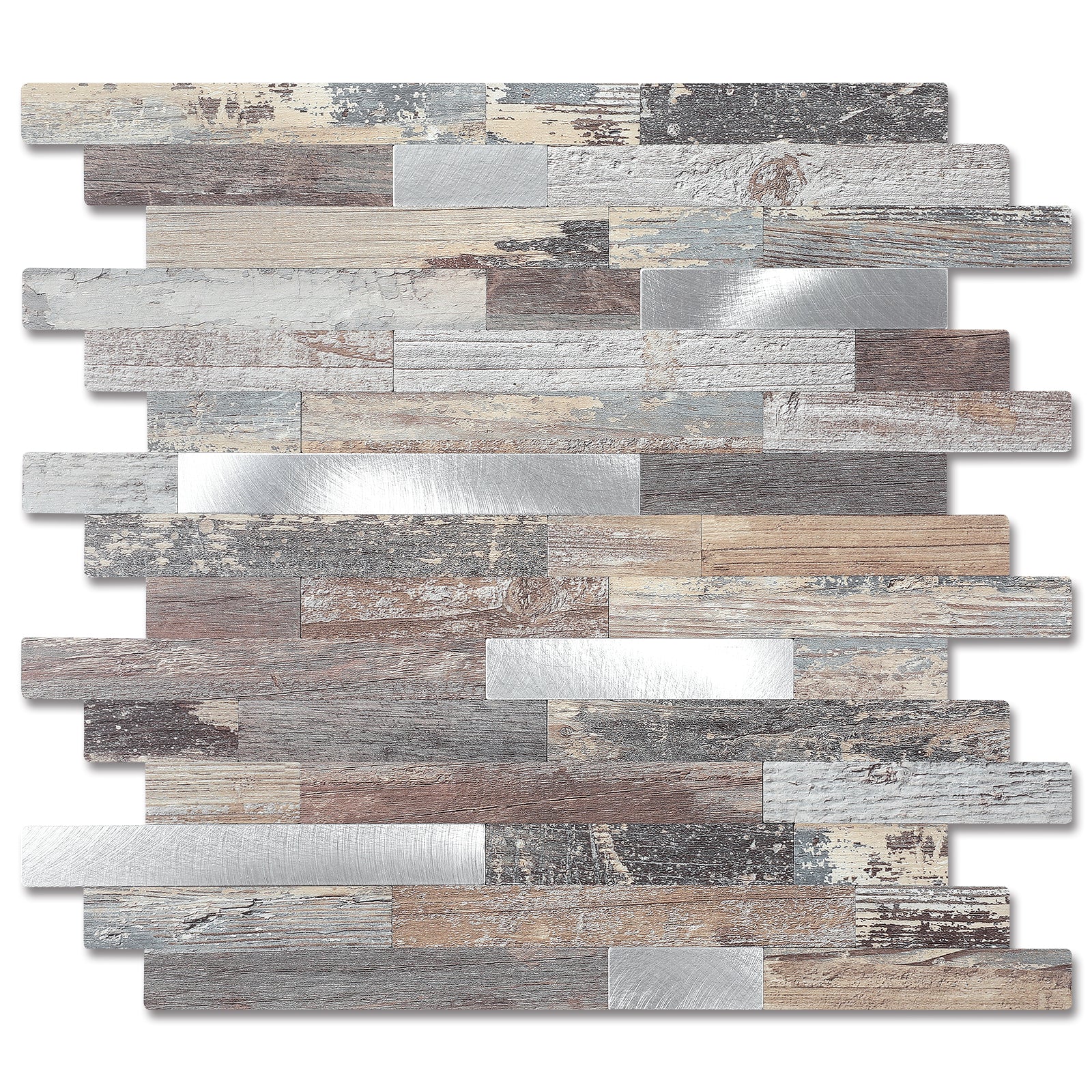
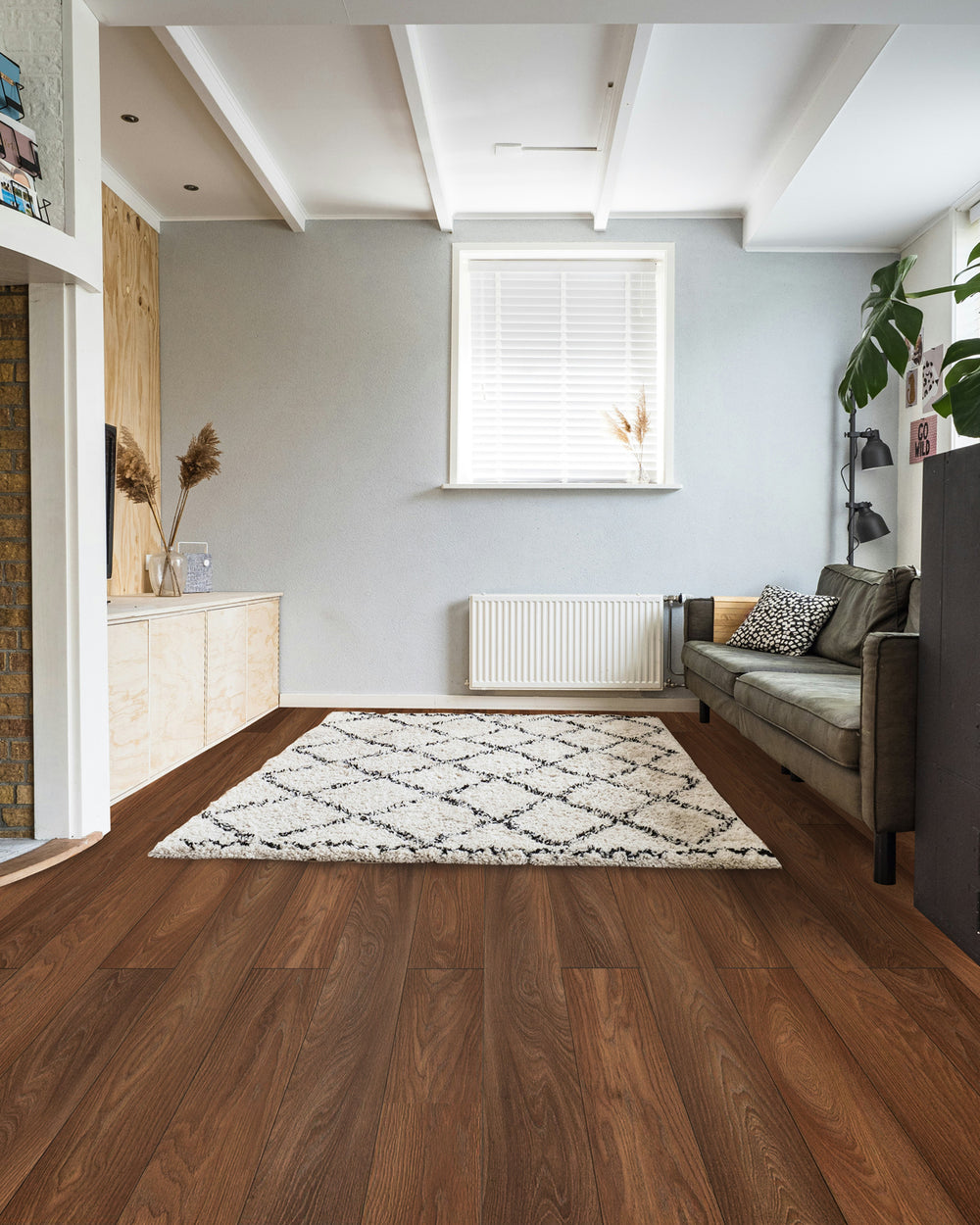





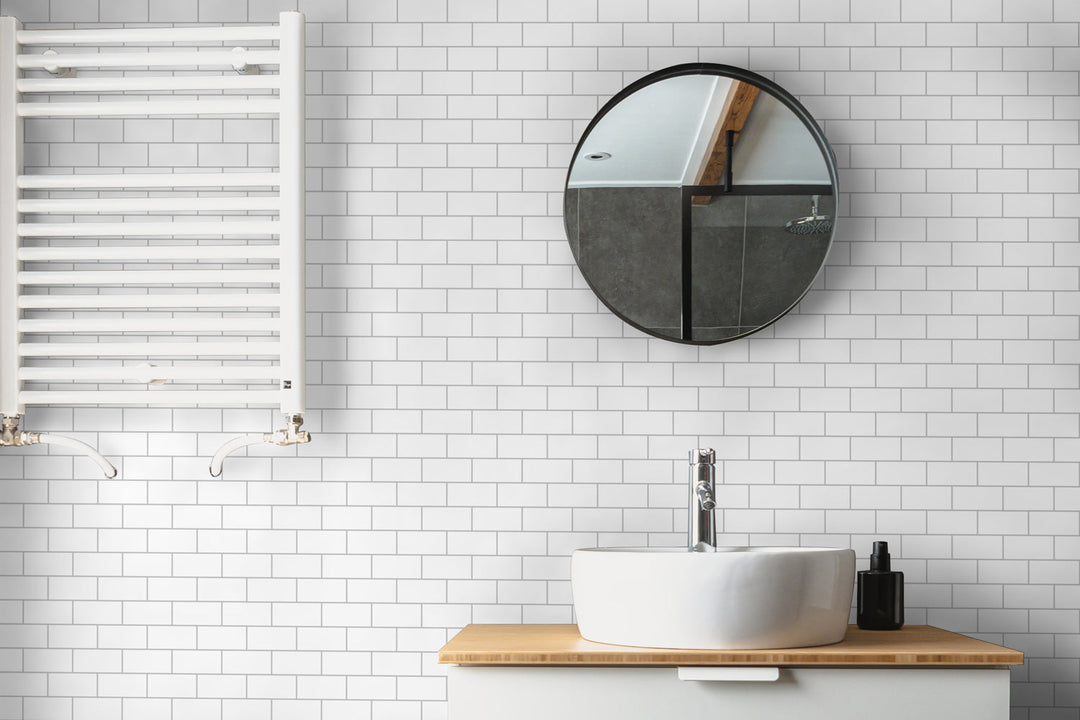
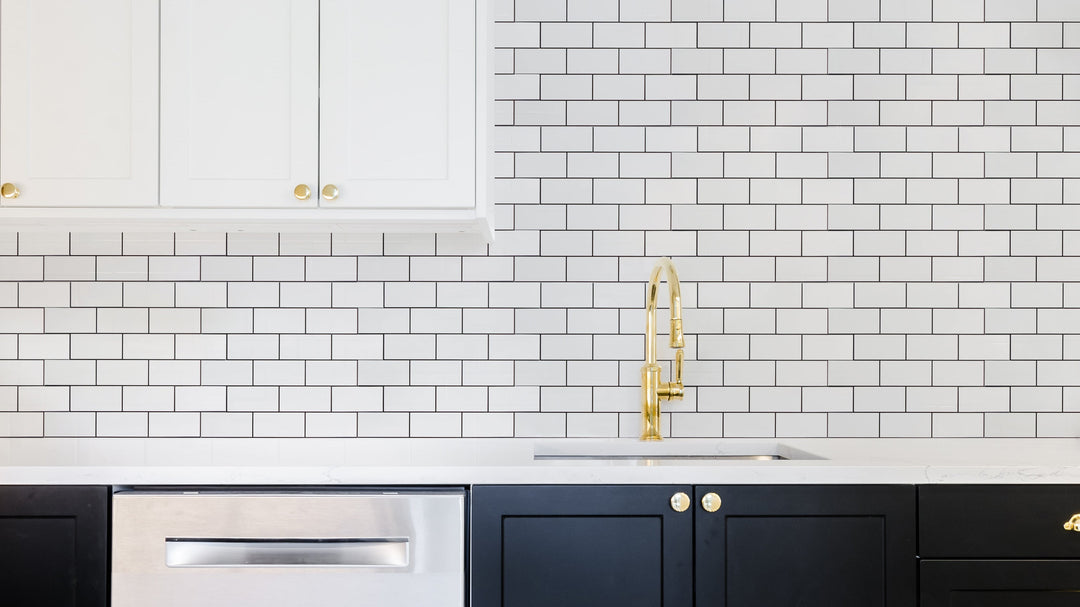
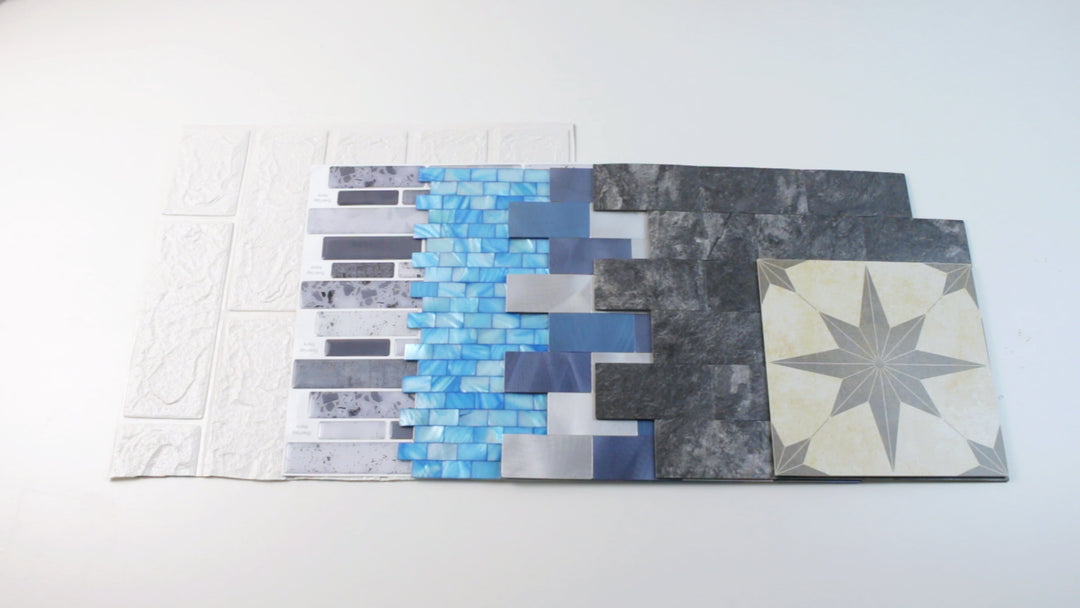
Leave a comment